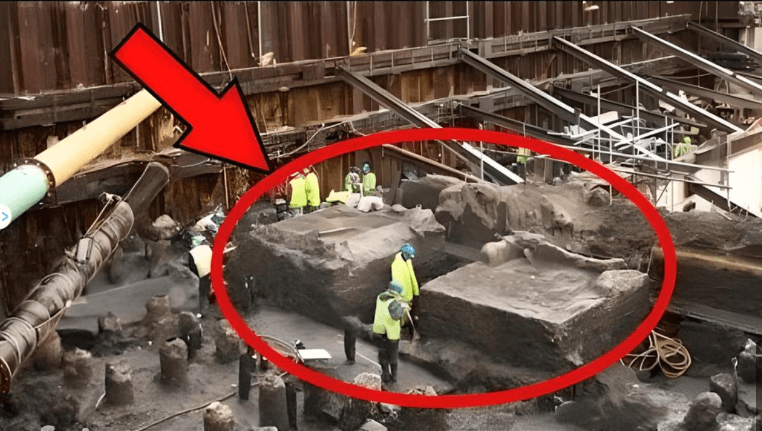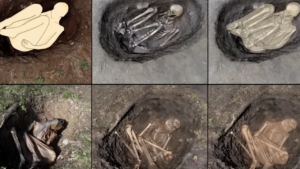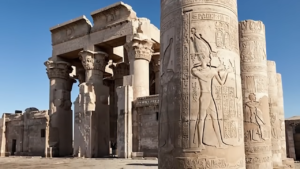
Discoveries of ancient artifacts have always fascinated historians, archaeologists, and the public alike, offering a window into the lives, cultures, and beliefs of civilizations long past. These remarkable finds not only shed light on the ingenuity and creativity of our ancestors but also challenge our understanding of history. Below are 12 of the most incredible ancient artifacts ever unearthed, each with its own captivating story.

- The Antikythera Mechanism: Often referred to as the world’s first analog computer, this intricate device was discovered in a shipwreck off the coast of Greece. Dating back to 150-100 BC, it was used to predict astronomical positions and eclipses, showcasing the advanced technological prowess of the ancient Greeks.
- The Dead Sea Scrolls: Unearthed in the 1940s near the Dead Sea, these ancient manuscripts include some of the earliest known texts of the Hebrew Bible. The scrolls have provided invaluable insights into the religious practices and beliefs of ancient Jewish communities.

- The Rosetta Stone: Found in 1799 in Egypt, this stone slab was key to deciphering Egyptian hieroglyphs. The Rosetta Stone features the same text inscribed in three different scripts—Greek, Demotic, and hieroglyphic—unlocking the language of the ancient Egyptians.

- The Terracotta Army: Discovered in 1974 in the tomb of China’s first emperor, Qin Shi Huang, the Terracotta Army consists of thousands of life-sized clay soldiers, horses, and chariots. Each figure is uniquely detailed, reflecting the emperor’s desire to protect his empire in the afterlife.
- Tutankhamun’s Tomb: The discovery of King Tutankhamun’s nearly intact tomb in 1922 by Howard Carter was a monumental find in Egyptology. The tomb contained a wealth of artifacts, including the famous golden death mask, offering a glimpse into the opulence of ancient Egyptian royalty.
- The Phaistos Disc: This mysterious clay disc, discovered in Crete, is inscribed with an unknown script that has yet to be deciphered. The disc dates back to the Minoan civilization and remains one of archaeology’s greatest unsolved puzzles.

- The Nazca Lines: These massive geoglyphs, etched into the desert plains of southern Peru, depict animals, plants, and geometric shapes. Their purpose remains debated, with theories ranging from astronomical calendars to religious rituals.
- The Sutton Hoo Treasure: Unearthed in Suffolk, England, the Sutton Hoo burial site revealed a ship burial filled with Anglo-Saxon treasures, including weapons, armor, and a ceremonial helmet. This find has provided significant insights into the early medieval period in Britain.
- The Venus of Willendorf: This small limestone figurine, discovered in Austria, is one of the oldest known depictions of the human form, dating back to around 25,000 years ago. The Venus of Willendorf is believed to represent fertility and femininity.
- The Baghdad Battery: Discovered near Baghdad, this artifact is believed by some to be an ancient form of a battery, dating back to the Parthian period. While its exact use remains a mystery, it challenges our understanding of ancient technological capabilities.
- The Mask of Agamemnon: This gold funerary mask, discovered at Mycenae in Greece, is thought to represent the legendary king Agamemnon, although this attribution is debated. The mask is a stunning example of ancient Greek craftsmanship.
- The Olmec Colossal Heads: These massive stone heads, found in Mexico, are believed to represent rulers of the Olmec civilization. Carved from basalt, the heads are remarkable for their size and detail, reflecting the power and influence of the Olmec culture.
Each of these artifacts provides a unique and awe-inspiring glimpse into the past, reminding us of the rich tapestry of human history that continues to unfold with each new discovery.






